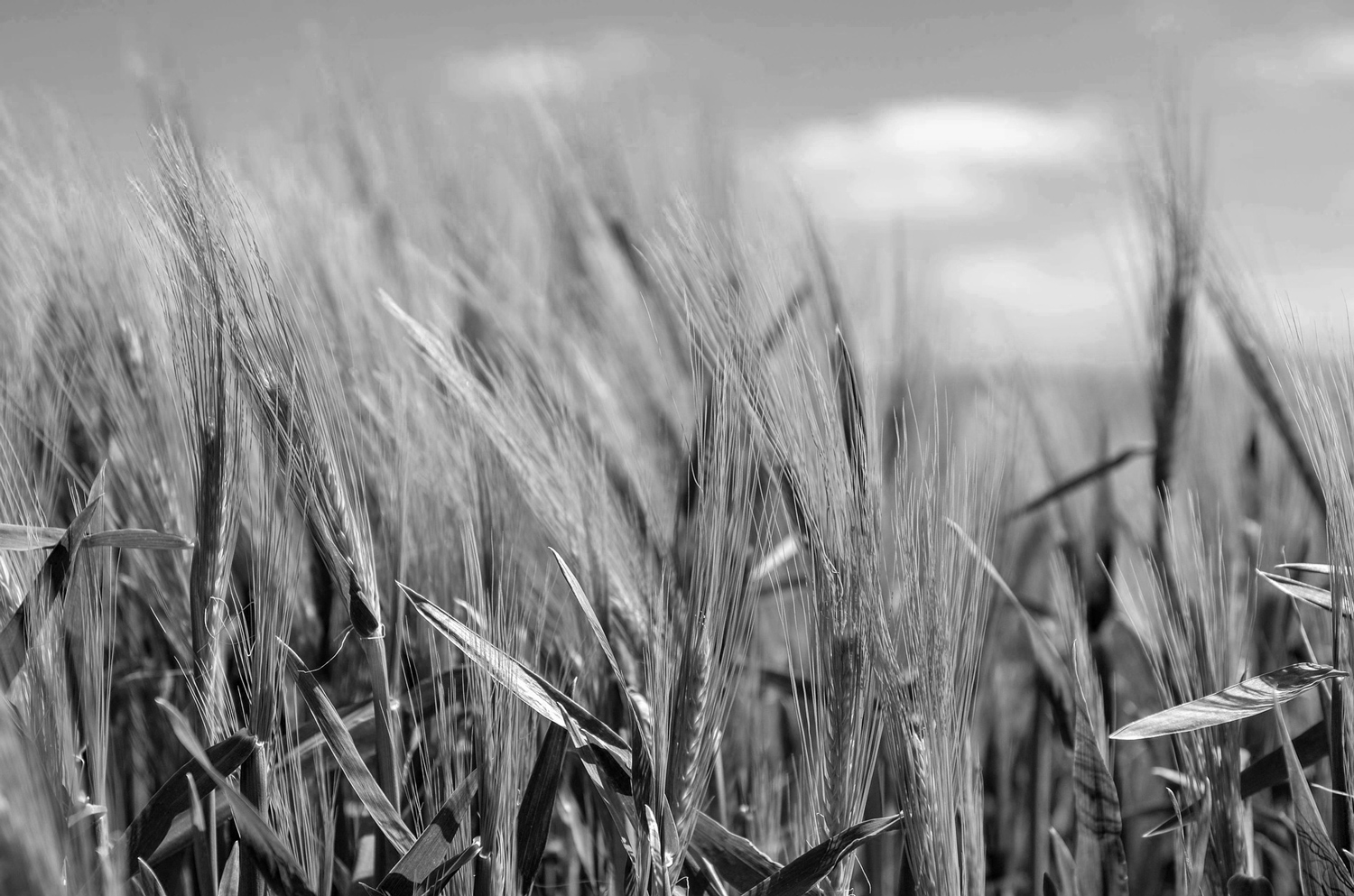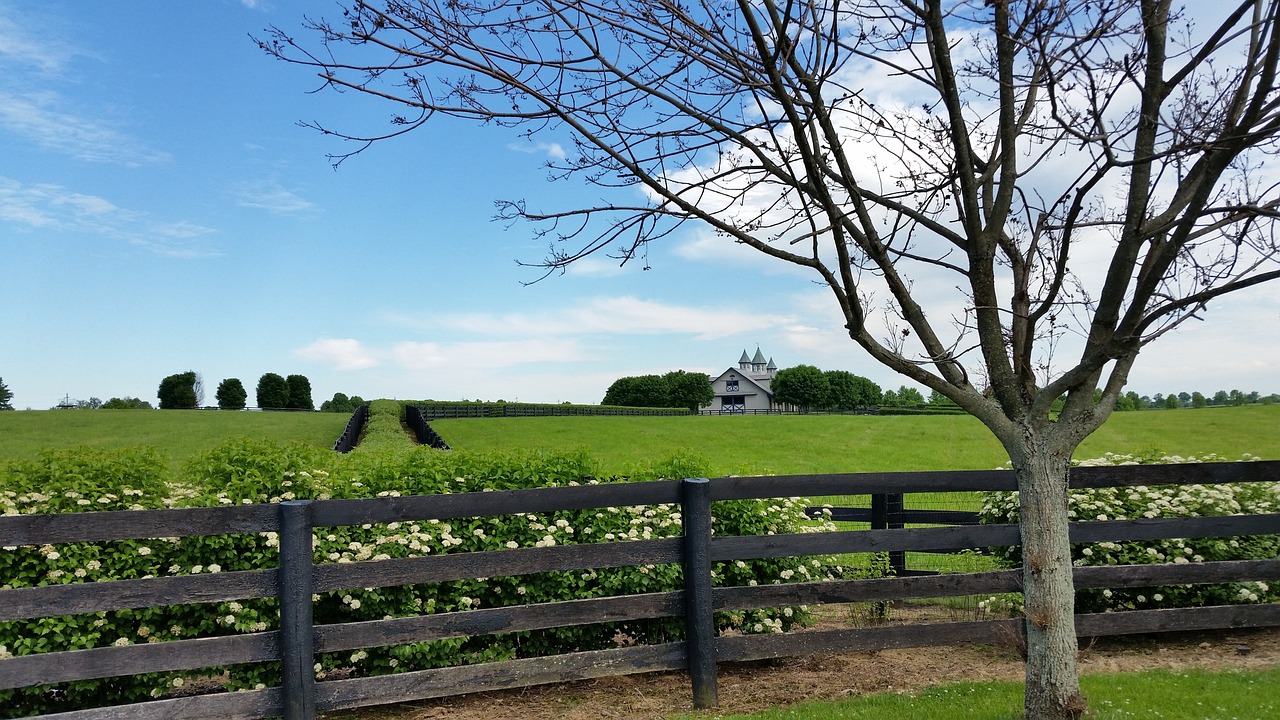By Alan Miller
One of the simplest ways to monitor farm financial progress is to compare the owner’s equity (or net worth) reported on the balance sheet at the end of one year to the equity reported a year earlier. If the amount of equity is larger, the farm made financial progress. Right? Perhaps! The farm manager should first determine the sources of the equity change.
One source of owner’s equity is contributed or “paid-in” capital. An increase in paid-in capital may indicate an increase in the farm owner’s wealth, but not an increase attributable to a farm business’ financial performance.
Gifts and inheritances are one potential source of paid-in capital, but they are not typically recurring. The farm owner cannot count on such increases year after year as a basis for building equity.
Another source of paid-in capital is nonfarm income and it may or may not be a recurring source of revenue used by a farm business. The implications for future farm equity growth are different depending on the likelihood of future infusions of paid-in capital. A key distinguishing characteristic of paid-in capital is that it wasn’t earned by the farm business.
It is important to separately recognize the contribution of paid-in capital to the total equity growth reported on the farm balance sheet. Usually items of paid-in capital are readily identifiable in the year they occur. Thus, they are usually relatively easy to sort out from the total change in owner equity.
Reporting a farm’s accumulated paid-in capital in its own separate balance sheet account is a good accounting practice. Tracking changes in each source of owner’s equity is a desirable alternative to lumping together equity from all sources. Lumping increases in paid-in capital together with other changes in owner’s equity can hide important management information.
Alan Miller retired recently from Purdue University after serving 36 years as an Extension Specialist in Farm Business Management in Kentucky, Alabama, and Indiana. He has been a Certified Public Accountant since 1991. At Purdue he taught an undergraduate course for agriculture students titled “Accounting for Farm Business Planning.”


